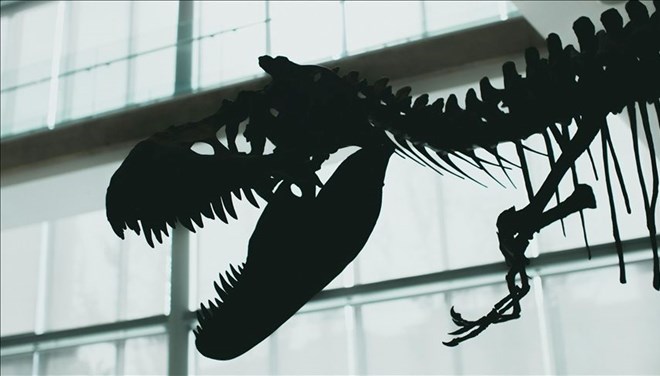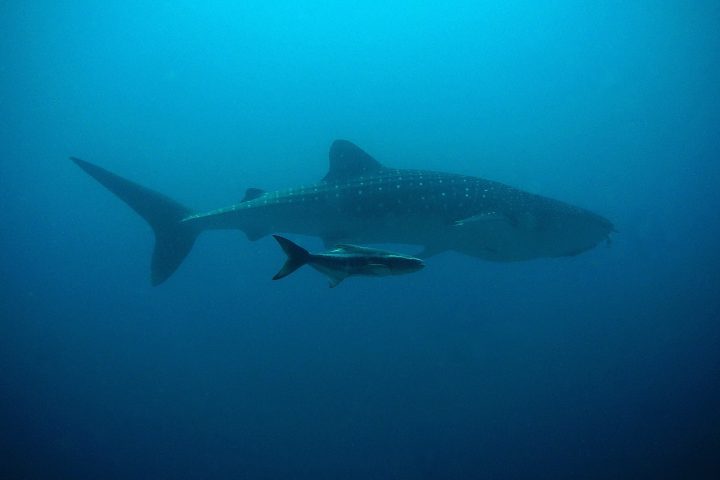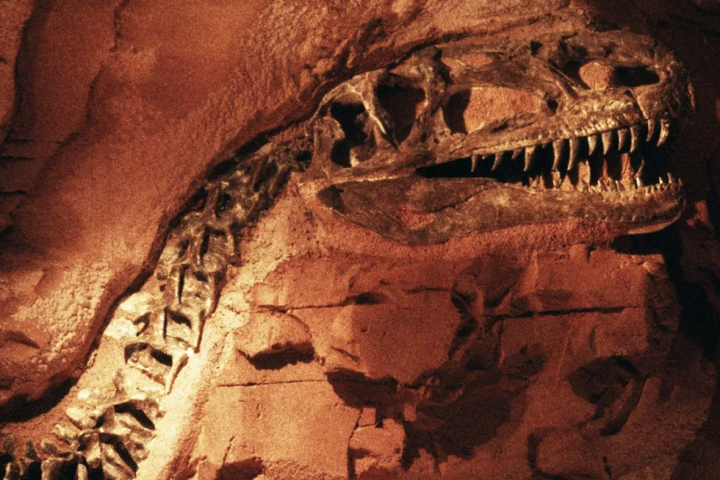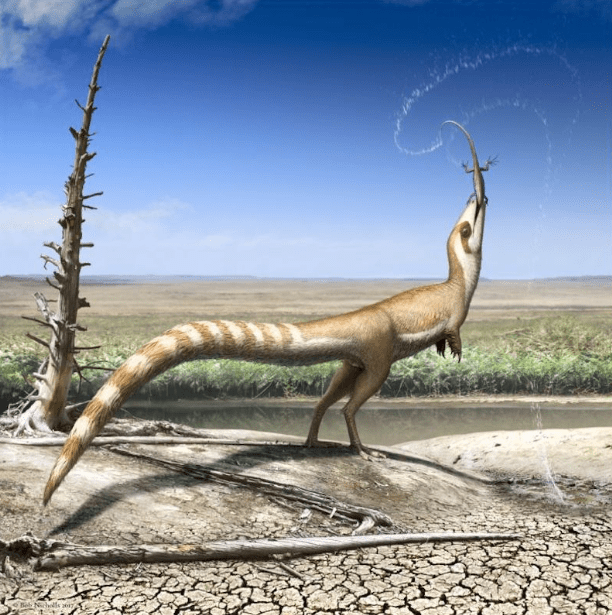The fact that they were already adapted to the polar climate may have helped dinosaurs survive the end-Triassic extinction, when most animals died out.
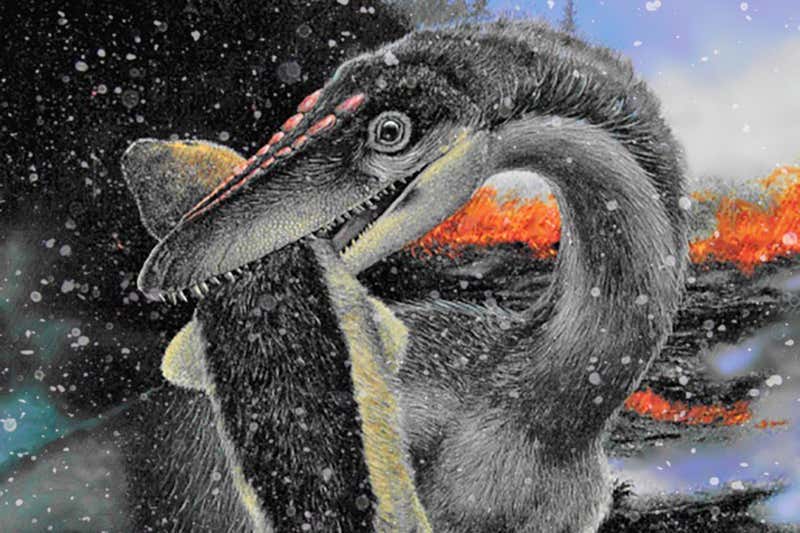
Some dinosaurs may have evolved traits that allowed them to withstand freezing winters during the Late Triassic and early Jurassic. This could explain how they dominated the planet for the next 135 million years.
- Excessive Screen Use May Cause Depression in Children
- Sweden and Finland start NATO membership talks
- Italy declares state of emergency due to drought
Analysis of rock sediment in the Junggar basin in northwest China, where dinosaur footprints have previously been found, adds to growing evidence that dinosaurs lived not only in luscious green, tropical landscapes, but also in cold, icy forests.
Paul Olsen of Columbia University in New York and colleagues found signs that the area froze regularly at a time when prehistoric reptiles lived there. The sediment contains unusually large particles typical of lakes that freeze each year.
Dinosaur fossils have been found near the poles, but models suggesting that temperatures there fell below freezing between 237 million years ago and 174.1 million years ago have been controversial, so no one knows whether the reptiles really lived in cold conditions.
Olsen’s team’s findings could explain how dinosaurs continued to dominate the Earth after the extinction of almost all large land and sea creatures in the tropics.
Fossil dating shows that most of the medium- to large-sized continental reptiles suddenly disappeared at the end of the Triassic, when temperatures plummeted and decades of eruptions coated the air with sulfur. But Olsen says that after this extinction event, medium-sized dinosaurs quickly reappeared almost everywhere, and the polar dinosaurs’ adaptation to the cold probably explains why.
“When temperatures dropped at the end of the Triassic, these dinosaurs prepared by surviving by feeding on polar vegetation and braving the cold with feathers that acted as insulation,” Olsen says. These dinosaurs then spread worldwide throughout the Jurassic, replacing the large uninsulated reptiles that became extinct.
Olsen says the latest evidence shows that our concept of dinosaurs needs to be rethought. “What our paper shows is that our view of the dinosaur world is fundamentally all wrong. Arctic dinosaurs are not unusual. They were common. And in fact, dinosaurs were basically cold-adapted animals.”
Article: Olsen et al. 2022. Polar ice and the ecological rise of dinosaurs. Science Advances.

